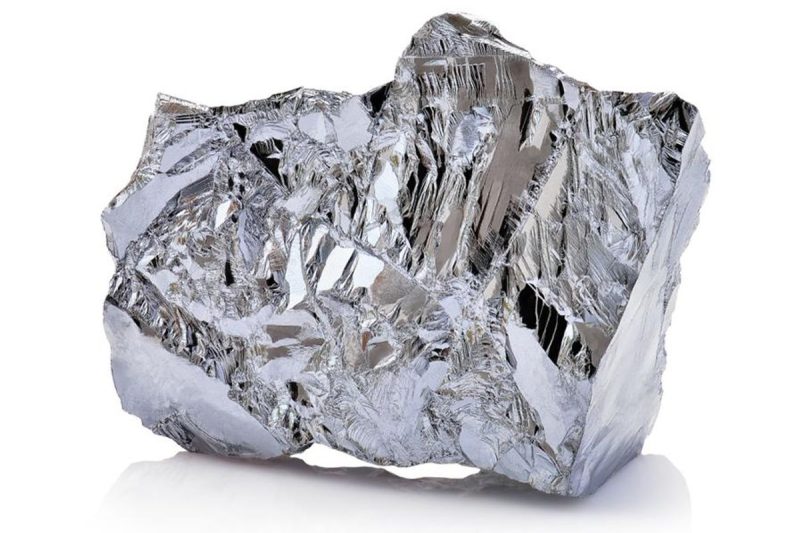Nickel holds significant importance in various industries around the world, from stainless steel production to electric vehicle batteries. Understanding which countries hold the largest reserves of this critical metal is crucial for forecasting future supply and demand dynamics in the global market. In this article, we will delve into the top nine countries by nickel reserves and explore their potential impact on the industry.
1. Indonesia
Indonesia tops the list with the largest nickel reserves globally, making it a key player in the nickel market. The country has vast nickel deposits, with most of them located in Sulawesi and Halmahera. The Indonesian government has initiatives to develop its nickel industry further to take advantage of the growing demand for nickel in electric vehicle batteries.
2. Australia
Australia follows closely behind Indonesia in terms of nickel reserves. The country is known for its rich mineral resources, and nickel is no exception. Western Australia and Queensland are the primary regions where significant nickel deposits are found. Australia’s stable mining environment and advanced technological capabilities position it as a prominent nickel producer on the global stage.
3. Brazil
Brazil holds substantial nickel reserves, particularly in the Carajás Mineral Province in the state of Pará. The country’s nickel production is mainly geared towards stainless steel manufacturing, but with the increasing demand for nickel in batteries, Brazil has the potential to expand its nickel mining operations in the future.
4. Russia
Russia is another major player in the global nickel market, with significant reserves located in the Norilsk-Talnakh region. The country’s nickel production is primarily driven by Norilsk Nickel, one of the world’s largest nickel producers. Russia’s geopolitical influence and advanced mining technology ensure its continued prominence in the nickel industry.
5. Canada
Canada boasts substantial nickel reserves, with major deposits found in Ontario, Quebec, and Manitoba. The country’s nickel production is primarily focused on supplying the North American market. Canada’s stringent environmental regulations and commitment to sustainable mining practices set it apart as a responsible nickel producer.
6. Cuba
Cuba is a key player in the nickel market, with significant reserves located in the Moa region. The country’s nickel production is mainly exported to countries like China, making it a crucial supplier in the global market. Cuba’s strategic location and growing investments in its mining sector bode well for its future as a nickel producer.
7. New Caledonia
New Caledonia, a French territory in the Pacific, is renowned for its vast nickel reserves. The country’s nickel production is essential for supplying nearby markets in Asia. New Caledonia faces challenges such as environmental concerns and indigenous rights issues, but its nickel reserves remain a valuable asset for the global market.
8. Colombia
Colombia possesses significant nickel reserves, primarily located in the Cerro Matoso mine. The country’s nickel production plays a crucial role in supplying the Latin American market. Colombia’s efforts to attract foreign investment and develop its mining sector underscore its potential to become a key player in the global nickel industry.
9. Philippines
The Philippines rounds out the top nine countries by nickel reserves with substantial deposits in areas like Surigao and Palawan. The country’s nickel production is mainly geared towards supplying stainless steel manufacturers. The Philippines faces challenges related to environmental sustainability and regulatory issues, but its nickel reserves remain a valuable resource for the industry.
In conclusion, the distribution of nickel reserves across these nine countries plays a significant role in shaping the global nickel market. Understanding the dynamics of these key players can provide valuable insights into future trends and developments in the nickel industry. As demand for nickel continues to rise, these countries will play a crucial role in meeting the needs of various sectors that rely on this versatile metal.
